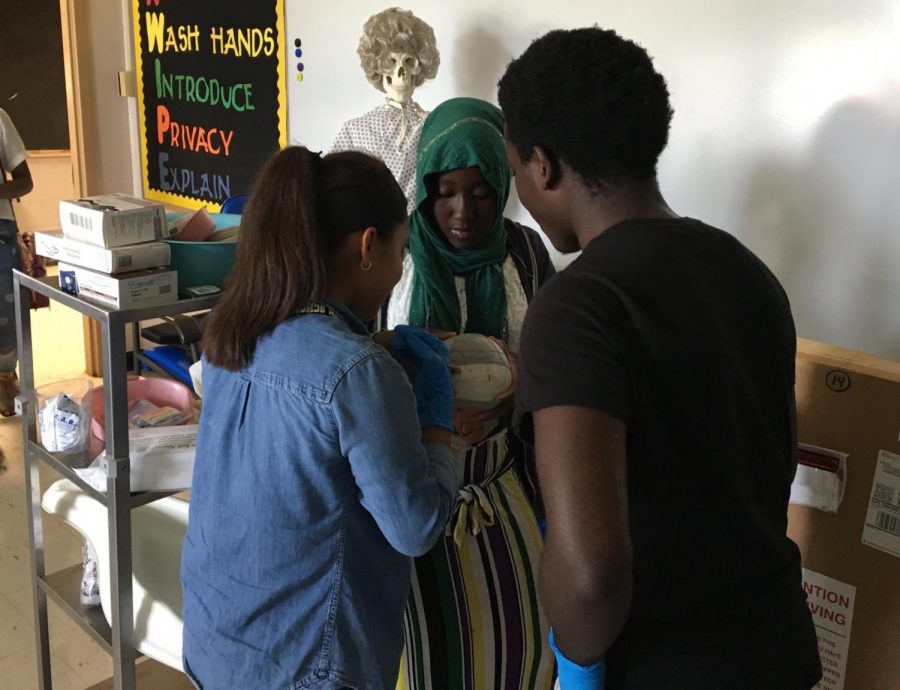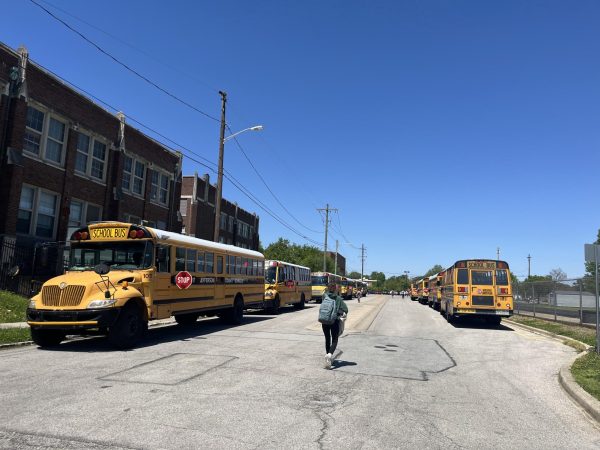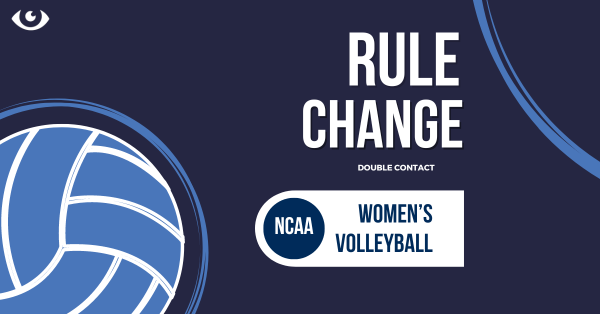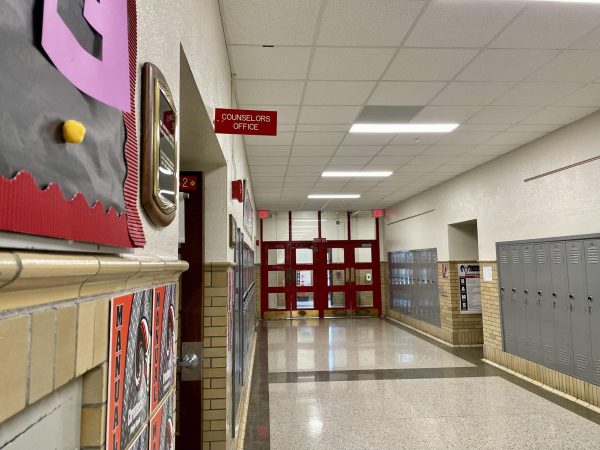OPINION: Schools need better nursing policies
Students from Central high school’s nursing program practice at a hospital. Photo courtesy of JCPS on Twitter
March 3, 2020
Many people have seen memes regarding the trope of school nurses handing out ice bags for broken legs and cough drops for the flu; however, the problem of school nurses is actually much more pressing than the memes would make it seem.
School nurses are a vital part of any proper dynamic school environment. A school nurse addresses the physical, mental and emotional needs of the students within a school and ensures students are medically supported to properly strive for academic achievement. However, the many benefits of school nurses only push the need for better school nursing policies.
Many schools don’t have school nurses
Currently, many school districts face a shortage of nurses. Donna Mazyck, the executive director of the National Association of School Nurses, calls the school nurse shortage a crisis.
This shortage of schools nurses runs nationwide. In Kentucky there is an average of one school nurse for every 1,877 students; however, this number isn’t evenly distributed among schools. Some schools have more than one nurse, some have none at all, and some nurses are being stretched between several schools.
At Manual, while we should have a full time nurse, we do not have a proper nurse on staff but rather someone who splits their time among several schools.
According to the National Association of Nurses, only about 40% of U.S schools have a full time nurse, 35% of schools only budget for a part-time nurse, and 25% have no nurse at all.
One of the reasons for this shortage is that there just isn’t enough budgeted positions. According to Linda Aiken, Ph.D., R.N., director of the University of Pennsylvania School of Nursing’s Center for Health Outcomes and Policy Research, one major factor in the shortage is the lack of funding, which has traditionally come from education budgets, not Medicaid or other health insurance programs.
Some students require the in-school care
Some students have health conditions that require more frequent care. These students benefit greatly from school nurses.
“For many of these students, without nursing services, attendance would decrease or students would be unable to attend school,” said Louise Wilson, health services supervisor and a school nurse in the Beaver Dam Unified School District in Wisconsin.
School nurses are particularly important for students who have acute and chronic diseases. Today, approximately 25 percent of children have a chronic illness such as asthma, epilepsy, hypertension, food allergies or diabetes. Without proper care, it is difficult for these students to attend school.
However, despite this obvious need for qualified school nurses, there is no federal law requiring any type of nurse on staff, and the medical burdens of students often fall on office staff, teachers, aides or secretaries who aren’t qualified to properly treat students.
Benefits of a schools nurse
Today’s average school nurse manages everything from diabetes and concussions to suicidal ideations and gender transitions. On top of these responsibilities, nurses are also in charge of providing vision and hearing screenings for students. As with all nurses, school nurses help students and their families manage diseases. Administering medications and treatments — including providing tube feedings, catheterization, and tracheostomy care — are some of the daily tasks of school nurses.
School nurses also lift the burden of health issues from principals and teachers. Researchers found that when a school nurse is present, school principals gain nearly an hour and teachers gain an extra 20 minutes a day to focus on education instead of asthma inhalers. School nurses also are linked to better student attendance, which, in turn, is linked to better reading skills, higher graduation rates, and more.
School nurses are beneficial in a variety of ways, and we need more in the school system.


















